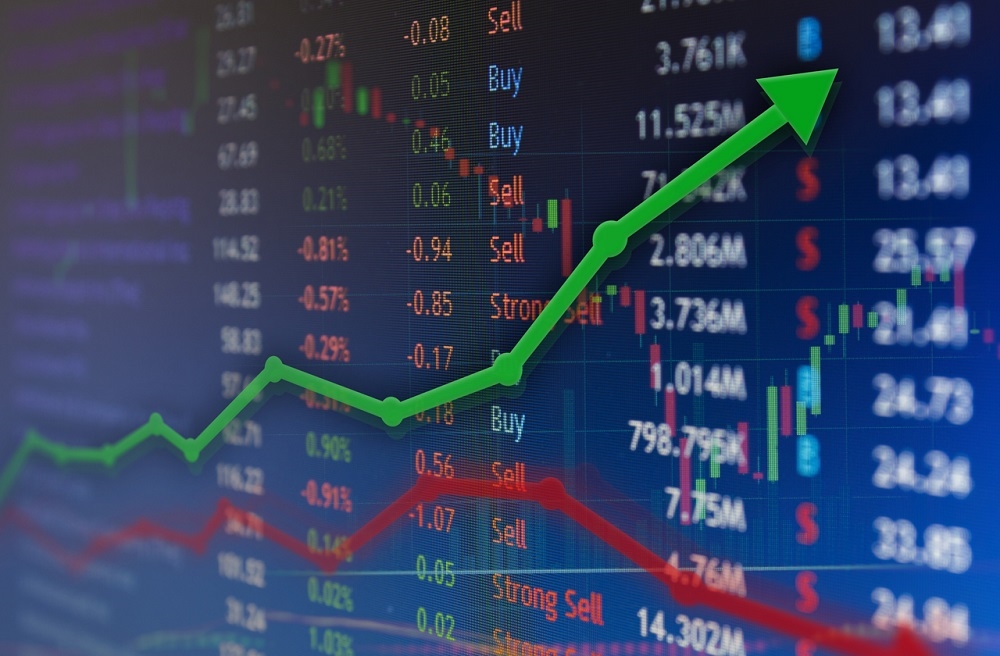How Tape Reading Has Evolved
4 min read
Tape reading, as I define the art form, is the unemotional analysis of the trend of stock valuation culled by the cause of that change in value, the velocity of that change in value, and the intensity of that change in value as these changes relate to the value of the stock and/or stock market.
Tape reading prior to the advent of the modern computer age was done literally by watching the trades posted on a roll of paper known as a ticker tape. The huge technological jump in electronics during the 1960s and 70s allowed for that ticker tape to be posted as the electronic tape we see today on financial television, most times at the bottom of the television screen.
With thousands of stocks trading a billion or so shares every day tape reading in that old fashion way today is impossible to be reported quickly and efficiently. Thus the art of reading (analyzing) the ticker tape analysis has morphed into data mining and analyzing the vast amount of numbers displayed on financial websites such as Yahoo! Finance as well as that shown on financial
When I was on the trading floor in the 80s to early 90s we floor traders used what was called a trading monitor in order to read the tape. That monitor was a very large television-like screen on which was listed about 40 stocks in stock symbol form. Only the stock symbols, the last trades and the net changes of those last trades were shown on that monitor.
The screen was placed about 10 feet above our pit so anyone could see the screen from the back of the pit. My head was cocked upward most of the day as I intently stared and analyzed what was seen on that big, very important, screen. For me the art of tape reading had morphed into the art of reading a trading monitor without getting a sore neck.
The other large, in size and script, monitors I intently watched, if not much more so, were the dynamically scrolling Wall Street Journal newswire and the Reuters newswire. Very little information presented on both of those news sources slipped past me. When I saw news on these screens that I thought was important enough to be a stock price changer, I would instantly shift my focus to the trading monitor to see if the market agreed with that analysis.
Back then a New York minute was in relative time, the same as it is today as per news and the market’s reactions to the news. Once news was made public the trader was in the starting gate waiting for any reactions to the news. Options being stocks on steroids, if not leveraged grenades with their pins removed, being at the ready for a possible trade was standard operating procedure (in military terms–S.O.P.). Quick and accurate data analysis created the trader’s edge. It is still so today!
Once I began to notice changes in stock prices (in either direction) due to data being analyzed I had to decide if stock market contagion (in either direction) was quickly forthcoming or not. The immediate question begged was to hold current positions and thus continue that risk, or adjust those positions. Hesitating was deadly. Uncertainty due to lack of both preparedness and lack of experience was just as deadly. Proper analysis of the cause of the price changes were quite rewarding. The process remains such today.
Never forget that when trading options the underlying (stock, ETF, etc.) is the cart and the options merely the horse! It is imperative to analyze the underlying first, and then shift the analysis to its options market. Your ability to read the modern tape, using your own effective critical path, will determine your options trading results.
Today we have big computer screens, almost instant access to news, opinions offered by too many, and data offered in volume enough to keep a trader so busy he/she can forget to trade! The edge today relative to what the edge was in the day of ticker tape reading lies in the art of knowing what to read and thus analyze in addition to getting the work done correctly so those conclusions can make you money. Thus you need to have a disciplined approach to the analysis.
Information is only the path to power. It is not the actual power. What is the actual power is the accurate analysis of that information as it relates to stock, bond, and option values. In other words get on the path to GIGO (garbage in, garbage out) and the best you will divine is the right answers to the wrong questions being asked. The modern art of reading the tape begins with knowing: 1) where to look; 2) what to look for; and 3) what to do with that correct analysis.
